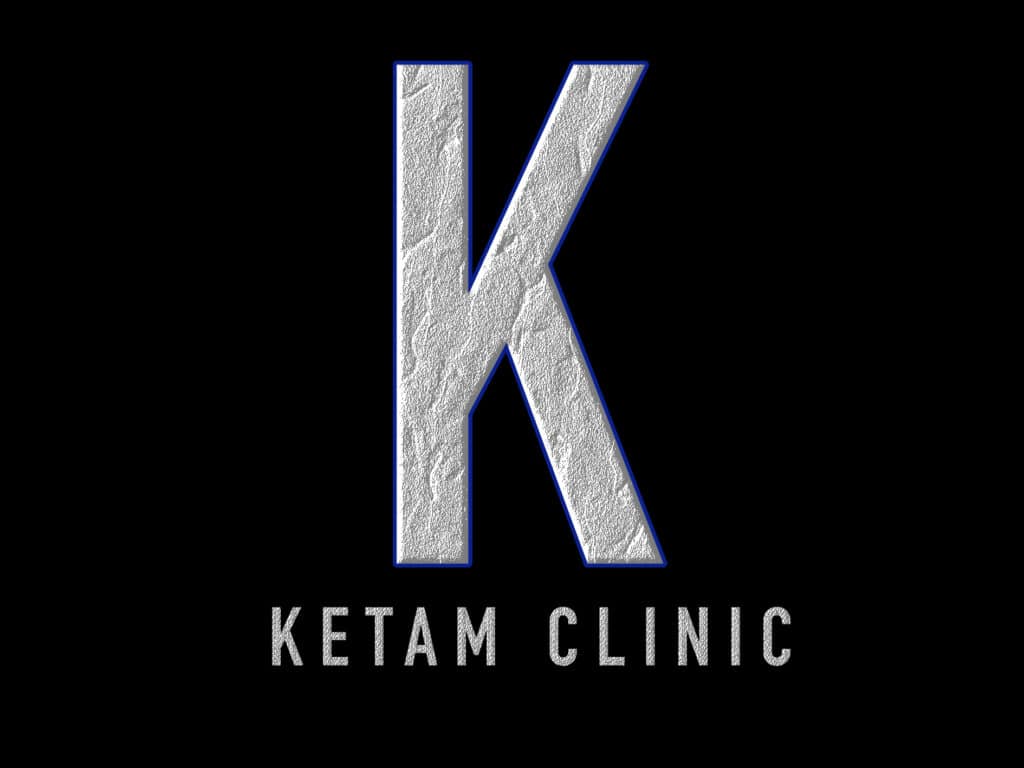BLOG
KETAMINE VS. ESKETAMINE: WHAT IS ESKETAMINE IN COMPARISON TO KETAMINE FOR TREATING DEPRESSION?
Ketamine vs Esketamine for Depression: What Is Esketamine and How Does It Compare to Ketamine for Treating Depression?
On March 5, 2019, the FDA approved esketamine (CIII) nasal spray under the brand name SPRAVATO® as a new option for treatment-resistant depression. This raised a question that remains relevant in 2025: What is esketamine? And how does it compare to ketamine, the compound from which it’s derived?
What Is Esketamine?
Esketamine (S-ketamine) is one enantiomer of ketamine — a medication with over 50 years of history as a fast-acting anesthetic and analgesic in both human and veterinary medicine. Ketamine was approved by the FDA in 1970, and since the early 2000s, it has been repurposed for use in IV infusion therapy to treat depression, suicidal ideation, and various mental health conditions.
Because generic ketamine is off-patent, pharmaceutical companies sought to develop a version that could be patented — esketamine, the active ingredient in Spravato.
Ketamine vs. Esketamine: Key Differences
When comparing ketamine vs. esketamine, it’s important to understand their chemical composition and pharmacology.
-
Ketamine is a racemic mixture composed of two enantiomers: R-ketamine and S-ketamine (esketamine).
-
Imagine your hands — mirror images but not identical. Similarly, these enantiomers have subtly different biological effects.
-
Esketamine, the S-enantiomer, is isolated for use in nasal spray administration.
Both compounds are believed to work by antagonizing the NMDA receptor and enhancing glutamate transmission — a neurotransmitter responsible for 90% of brain signaling. This rapid glutamatergic activation helps reset brain circuits involved in mood regulation.
Differences in Route of Administration (ROA)
A primary difference between ketamine and esketamine is how the drug is administered for despression:
-
IV Ketamine Infusions:
-
Delivered directly into the bloodstream.
-
Offers 100% bioavailability.
-
Doses can be precisely controlled.
-
-
Spravato (Esketamine Nasal Spray):
-
Taken intranasally.
-
Offers only 25–50% bioavailability.
-
Effects can be inconsistent due to nasal absorption variability.
-
Some providers prescribe compounded ketamine nasal sprays for at-home use. However, this practice is not FDA-approved and is considered unsafe and less effective than IV administration.
SPRAVATO® vs. Ketamine Infusion: Which Is More Effective?
While both therapies offer hope for patients with depression who have not responded to SSRIs, their efficacy differs significantly:
| Treatment | Bioavailability | Avg. Efficacy | Notes |
|---|---|---|---|
| IV Ketamine | 100% | ~70–83% | More direct, immediate onset |
| Spravato (Esketamine) | 25–50% | ~40% | Slower onset, manufacturer-funded studies only |
Although both drugs target the same receptors, IV ketamine’s direct delivery into the bloodstream makes it more efficient. In contrast, SPRAVATO® may appeal to patients seeking insurance-covered treatments.
❗ Important Note: No long-term, independent head-to-head studies comparing SPRAVATO® to IV ketamine are currently available, making direct comparisons difficult.
Insurance, Cost & Accessibility
-
IV Ketamine is typically an out-of-pocket expense. Clinics like KCLA offer interest-free financing to make it more accessible.
-
Spravato®, while sometimes more expensive, may be covered by insurance depending on your provider and plan.
Conclusion: Which Option Is Right for You?
Choosing between IV ketamine and Spravato® (esketamine) comes down to individual needs, access, budget, and medical guidance.
-
Go with IV ketamine if you want faster, more effective relief and are comfortable with paying out-of-pocket.
-
Choose SPRAVATO® if you prefer insurance coverage and intranasal delivery, and don’t require immediate onset.
In either case, these innovative treatments are transforming how we treat major depression and mental health disorders — offering hope when traditional therapies fall short. Where to get Ketamine vs Esketamine for Depression online


